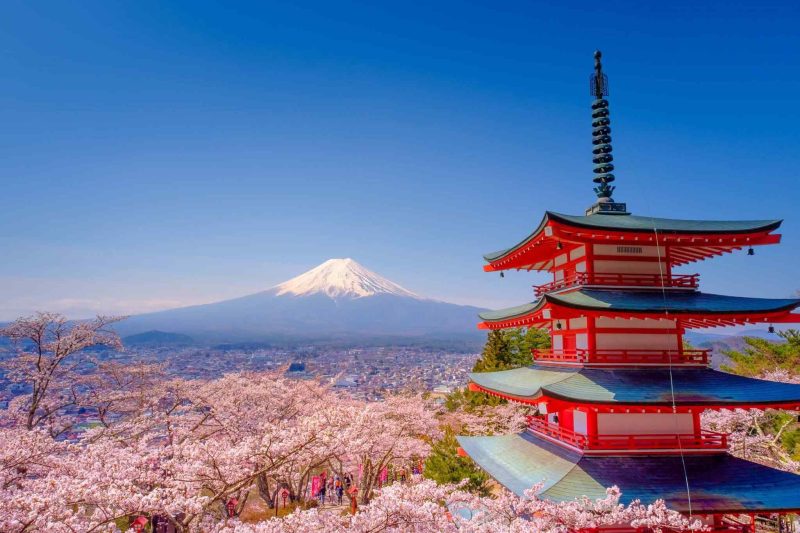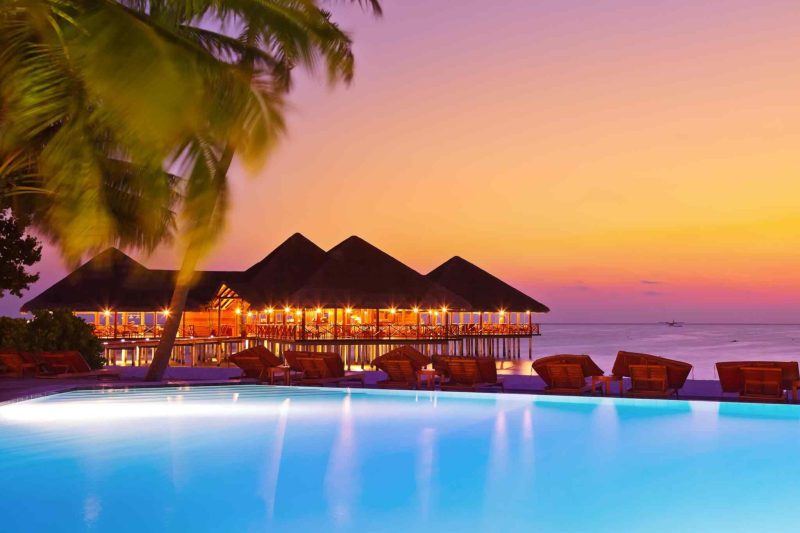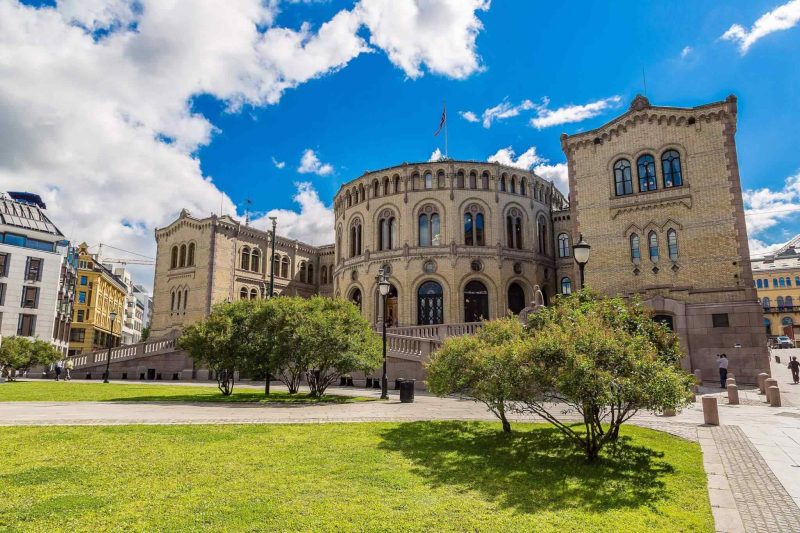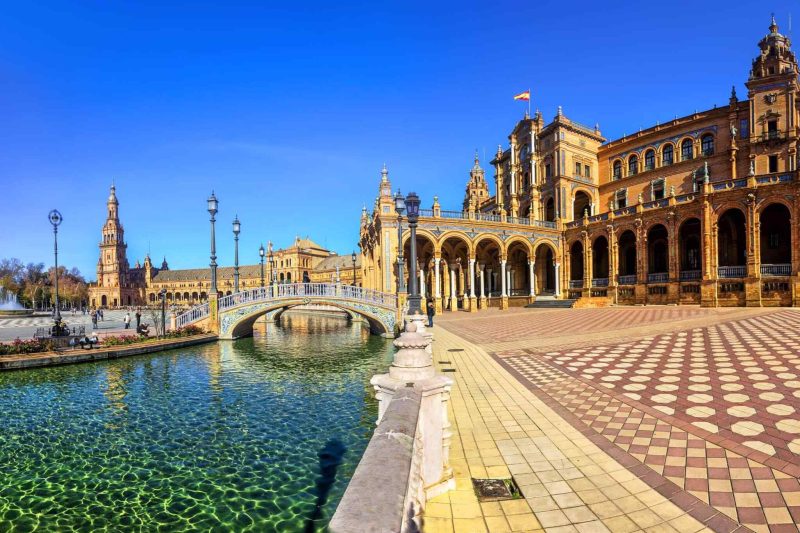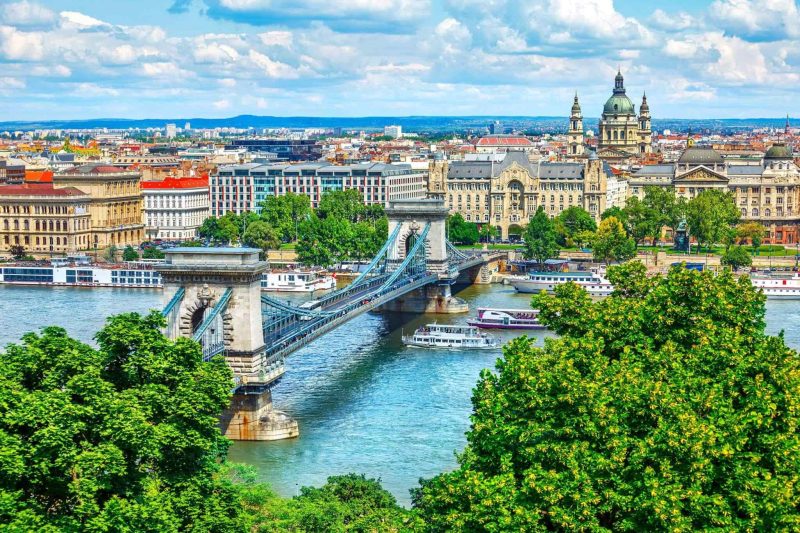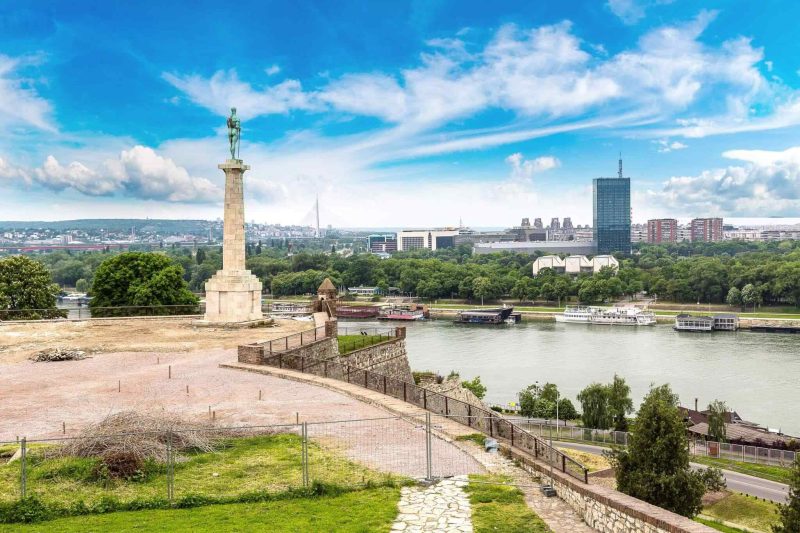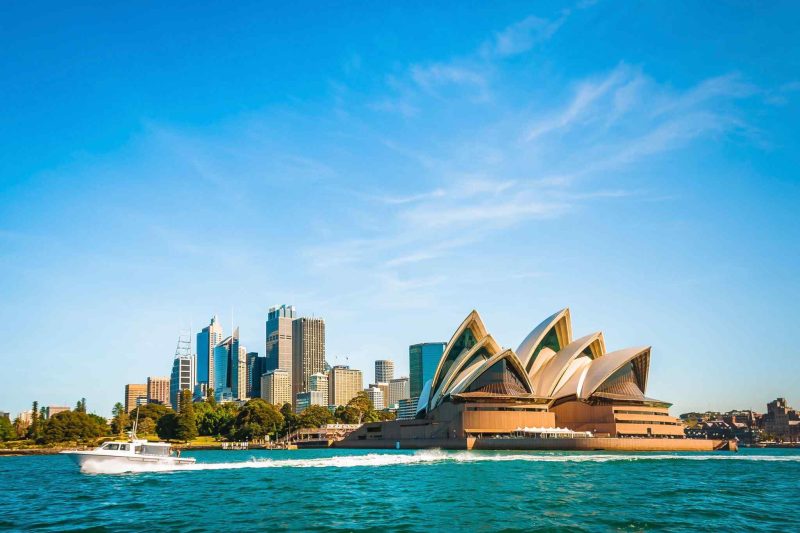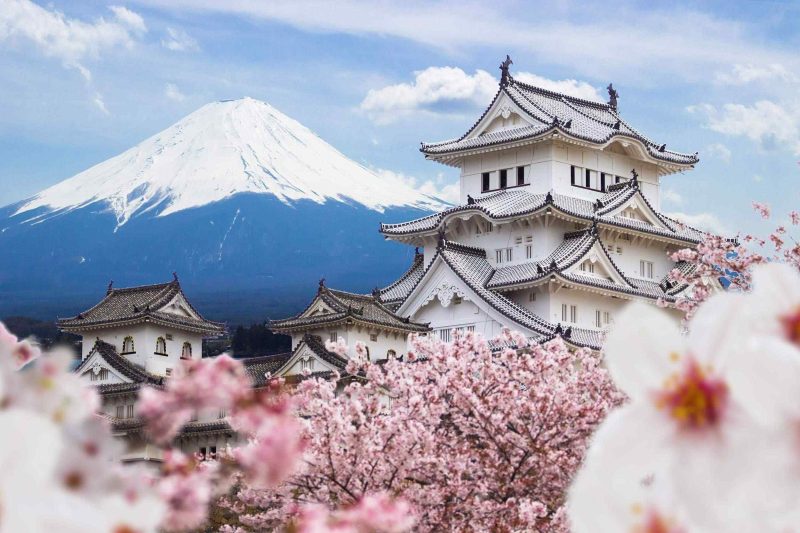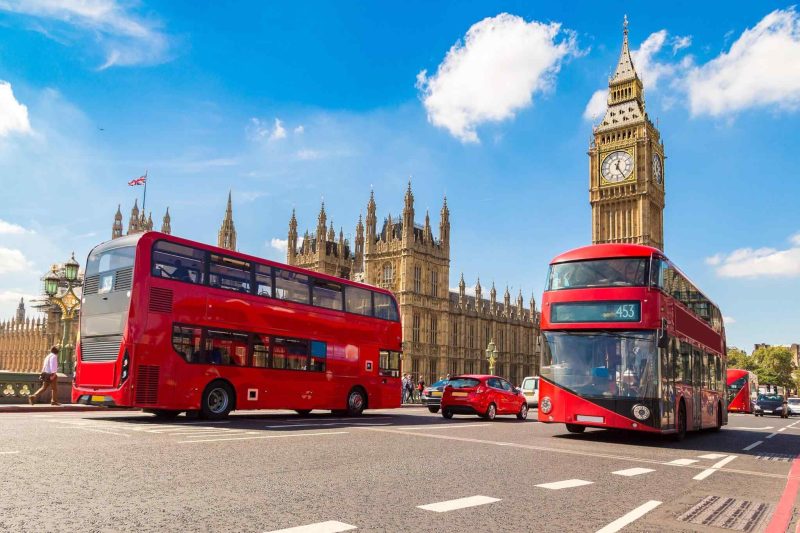FEEL THE DIVERSITY OF THE PORTUGAL BEACHES
Exuberant Portugal
- Information
- Tour Plan
- Location
- Gallery
- Additional Info
- Similar Tours
What's included
- A guided tour of important places
- All meals included
- Professionally guided tour
- Unlimited bottled water
- International Air, unless expressly paid for
- Personal expenses
- Services not specifically stated in the itinerary
- Tips to guide and driver
- Visa arrangements
Ghosts of the Past
Celts, Romans, Visigoths, Moors and Christians all left their mark on the Iberian nation. Here, you can gaze upon 20,000-year-old stone carvings in the Vila Nova de Foz Côa, watch the sunset over mysterious megaliths outside Évora or lose yourself in the elaborate corridors of Unesco World Heritage Sites in Tomar, Belém, Alcobaça or Batalha. You can pack an itinerary visiting palaces set above mist-covered woodlands, craggy clifftop castles and stunningly preserved medieval town centres.

The Portuguese Table
Freshly baked bread, olives, cheese, red wine or crisp vinho verde (young wine), chargrilled fish, cataplana (seafood stew), smoked meats – the Portuguese have perfected the art of cooking simple, delicious meals. Sitting down to table means experiencing the richness of Portugal’s bountiful coastline and fertile countryside. Of course, you don’t have to sit; you can take your piping-hot pastel de nata (custard tart) standing up at an 1837 patisserie in Belém, or wander through scenic vineyards sipping the velvety ports of the Douro Valley. You can shop the produce-filled markets, or book a table in one of the country’s top dining rooms.

Cinematic Scenery
Outside the cities, Portugal’s beauty unfolds in all its startling variety. You can go hiking amid the granite peaks of Parque Nacional da Peneda-Gerês or take in the pristine scenery and historic villages of the little-explored Beiras. Over 800km of coast offers more places to soak up the splendour. Gaze out over dramatic end-of-the-world cliffs, surf stellar breaks off dune-covered beaches or laze peacefully on sandy islands fronting calm blue seas. You’ll find dolphin watching in the lush Sado Estuary, boating and kayaking along the meandering Rio Guadiana, and memorable walks and bike rides all across the country.

Rhythms of Portugal
Festivals pack Portugal’s calendar. Drink, dance and feast your way through all-night revelries like Lisbon’s Festa de Santo António or Porto’s Festa de São João. There are kick-up-your-heels country fairs in the hinterlands, and rock- and world-music fests all along the coast. Any time of year is right to hear the mournful music of fado in the Alfama, join the dance party in Bairro Alto or hit the bars in Porto, Coimbra and Lagos.
- Day 1-4
- Day 5-9
- Day 10-14
Lisbon
Lisbon is a vibrant, walkable city…that’s if you’re ok with steps and hills. Lisbon is on a serious gradient but with so many charming cafes there are plenty of opportunities to stop and enjoy the local food and drink.
The city has become quite popular because of its old-world European architecture, historic sites, great food and wine and plenty of public transportation options to help you get around when your legs tire of the sloping streets.
Lisbon has a number of attractions to see depending on your interests. No matter which you choose, keep in mind how fun it is to just walk around exploring Lisbon’s neighborhoods. Stopping for small bites and something to drink a few times a day is the perfect way to balance a day of sightseeing. The food is light (lots of seafood) and delicious. The hills are a great workout. And, quaint cafes are aplenty. Can you think of a better combination for touring a new city?
Sintra
Pena Palace is a must on a Sintra day trip. It sits on a hill looking like it hopped from the pages of a fairytale. It’s romantic style, brightly colored exterior, ornate interior, and closeness to Lisbon make it many Sintra visitors first stop. Visiting, I couldn’t help but think of the charming Peles Castle in Romania
From the Pena Gardens, you can make your way to Pena Park. From there, walk a bit back up the hill to reach the entrance to the Moorish Castle. The stepped stone ramparts leading to the castle’s perch takes you back in time to Portugal’s Moorish years and offers unobstructed views of Pena Palace and the surrounding area.
When your visit is done, take the bus back down to Sintra’s historical center. While it’s possible to walk back from here, you’ll want to maximize your time.
For the rest of your day in Sintra, choose between the National Palace of Sintra or Quinta da Regaleira in order to have time leftover to enjoy the cute little city that Sintra is. You’ll want to grab a bite, try some port and snap a few great shots before your trip back to Lisbon.
Porto
Porto has gained quickly in popularity. It’s the second largest city in Portugal, sprawling and perched on top of a huge hill along the Douro River. While you could plan a Lisbon to Porto day trip, the city is in the heart of wine and Port country and is well worth a 2-day visit as part of your Portugal itinerary.
After you’re settled in, the Ribeira and the Douro River area should be at the top of your Porto activities list. Dating back to Medieval times, it has the tiny, maze-like streets with old, colorful houses you’d expect and along the way, there are plenty of cafes and shops to discover. It’s a great area to wander on foot.
Walk through Ribeira Square, designated a UNESCO World Heritage Site. Today, the square is popular with tourists, but historically, it was Porto’s marketplace where merchants sold bread, fish, and other items.
From the Douro River, you’ll see the two sides of Porto connected by the Ponte Luis I Bridge, the Riberia side and the Vila Nova de Gaia side.
More about Portugal
More about this tour
In the southwest corner of Europe lies Portugal, one fifth of the Iberian Peninsula it shares with Spain. Portugal has its own language, the 6th most spoken in the world (think Brazil-Portugal’s former colony), its own culture and cuisine. Portugal’s shape is rectangular, the longest north-south distance is 349 miles/561 km and widest east-west distance is 135 miles/218 km. It’s roughly the size of the U.S. state of Indiana. the country’s modest dimensions make it easy to visit when time is short. Portugal is divided into regions, each offers unique features , history, scenery and cuisine. The regions are from south to north: Algarve, Alentejo, Lisbon and Lisbon Coast, Estremadura and Ribatejo, the Beiras, Douro and Tras-os-Montes and the Minho.
Portugal Climate
Portugal’s climate is mainly Mediterranean. The southern regions are dry and sunny with warm/hot summers and mild/rainy winters. Traveling north, the weather pattern becomes cooler and wetter, especially in winter. Snow is possible in the mountains of the northeast. Overall, Portugal enjoys an enviable climate which explains why it’s so popular with northern Europeans looking for relief from their too often less comfortable weather.
The Azores Island have a moderate Marine climate with year round mild temperatures and rain. Madeira and it’s neighbor island, Porto Santo, are subtropical with normally dry weather year round.
Cuisine
With a coastline of 586 miles/943 kms, it’s not surprising that seafood is front and center of Portuguese cuisine. It’s said that there is a cod dish, dried and fresh, for each day of the year. Regional specialties abound. In the Algarve, Cataplana , a fish and shellfish dish named for the cookware used, is a treat. Caldeirada, a fish stew with potatoes, is also popular. An unusual combination hailing from the Alentejo is a combination of pork and clams. Lisbon offers a range of cosmopolitan restaurants but you may wish to try Frango Piri-Piri (chicken with chili) and be sure to indulge in a local pastry, Pasteis de Nata, delicious custard-cream tarts. In the north, Feijoada, a stew of beans and cured meats is popular as well as Rojoes, a spiced pork stew in wine and garlic. We suggest dining in local restaurants to experience true Portuguese cuisine. Portions are generally huge but many restaurants offer half portions.
The Azores islands have a more simplistic cuisine but it’s also based on the sea. A local favorite from the island of Sao Miguel is Cozido nas Caldeiras, a stew made from sausages, meats and vegetables cooked in containers lowered about 1 meter into the steaming ground around Furnas lake, a volcanic crater. There it cooks gently for about 7 hours.

